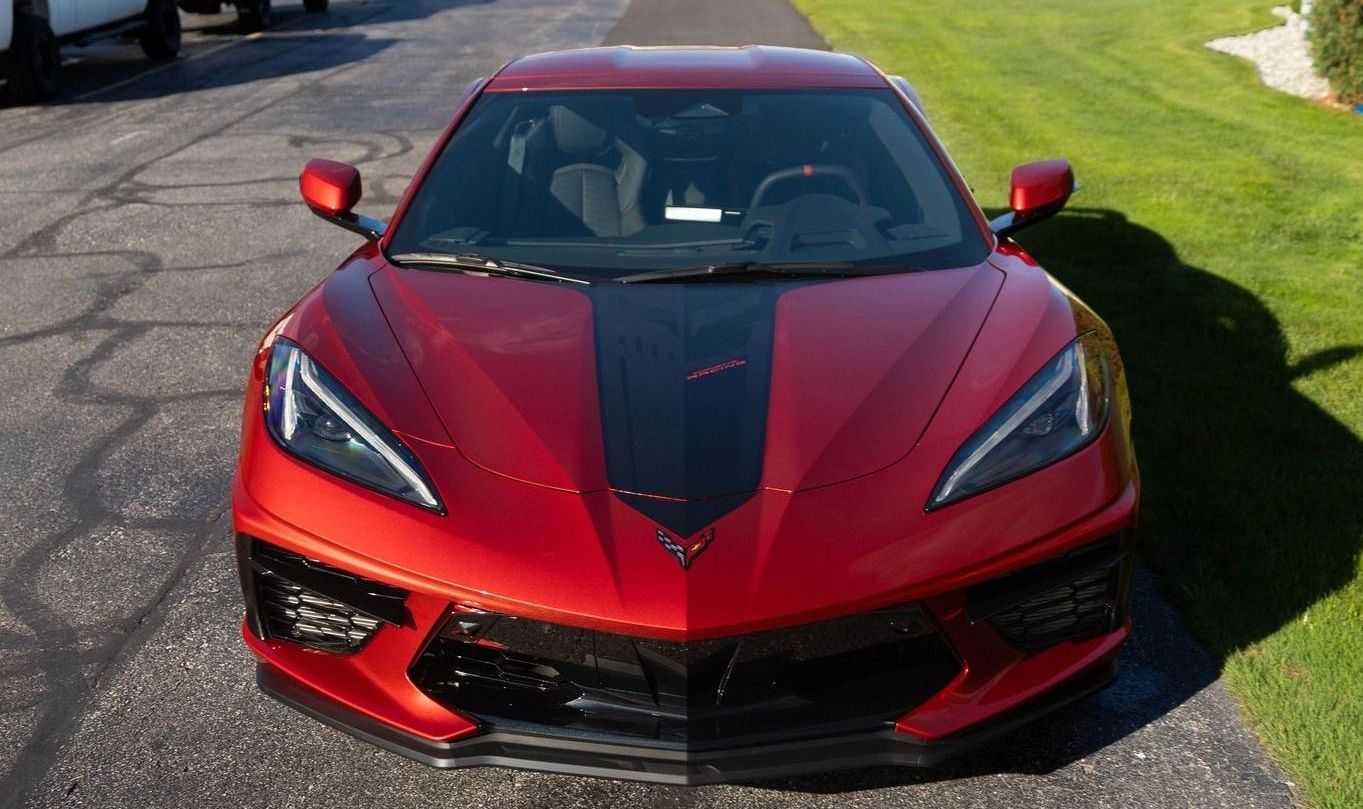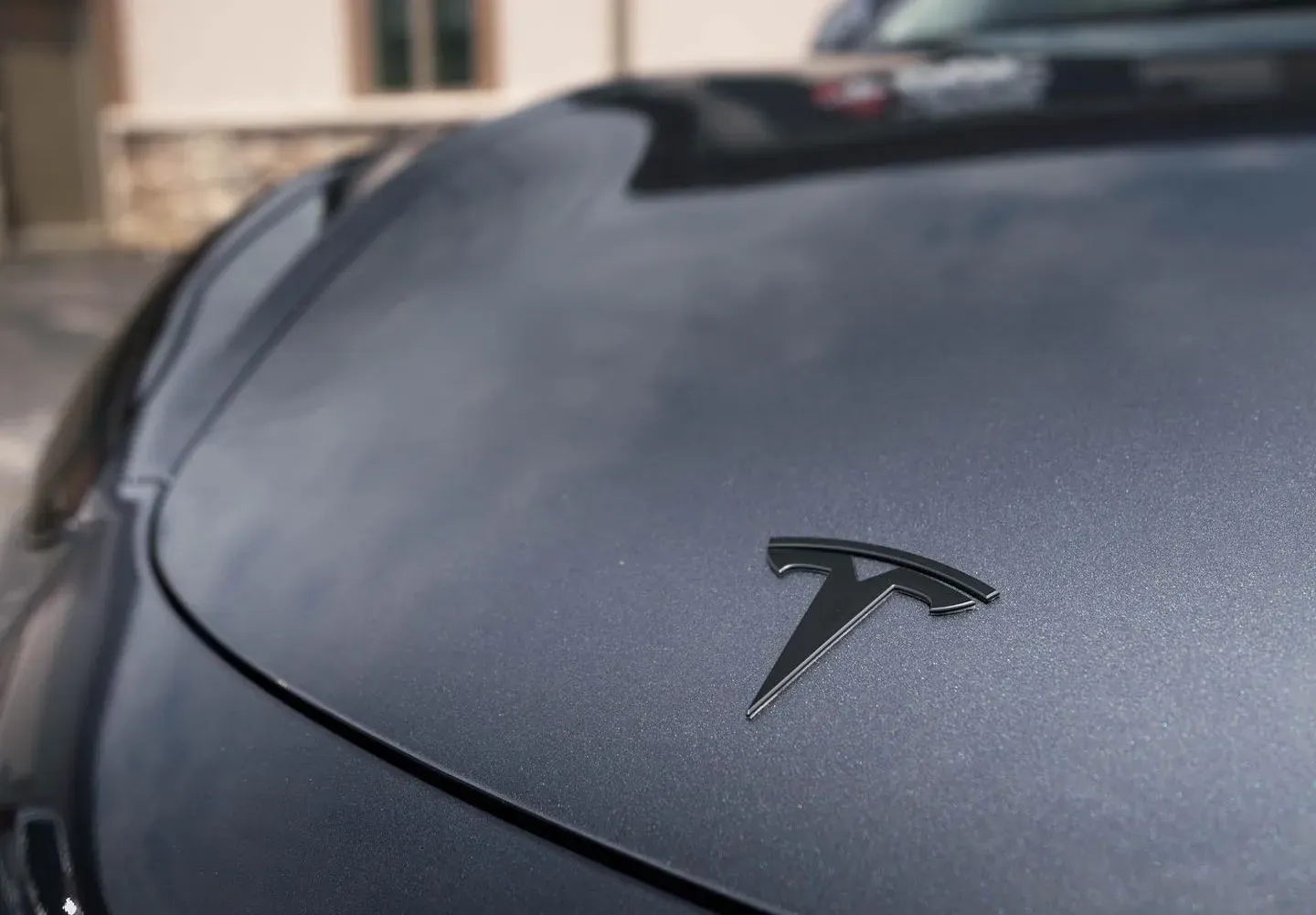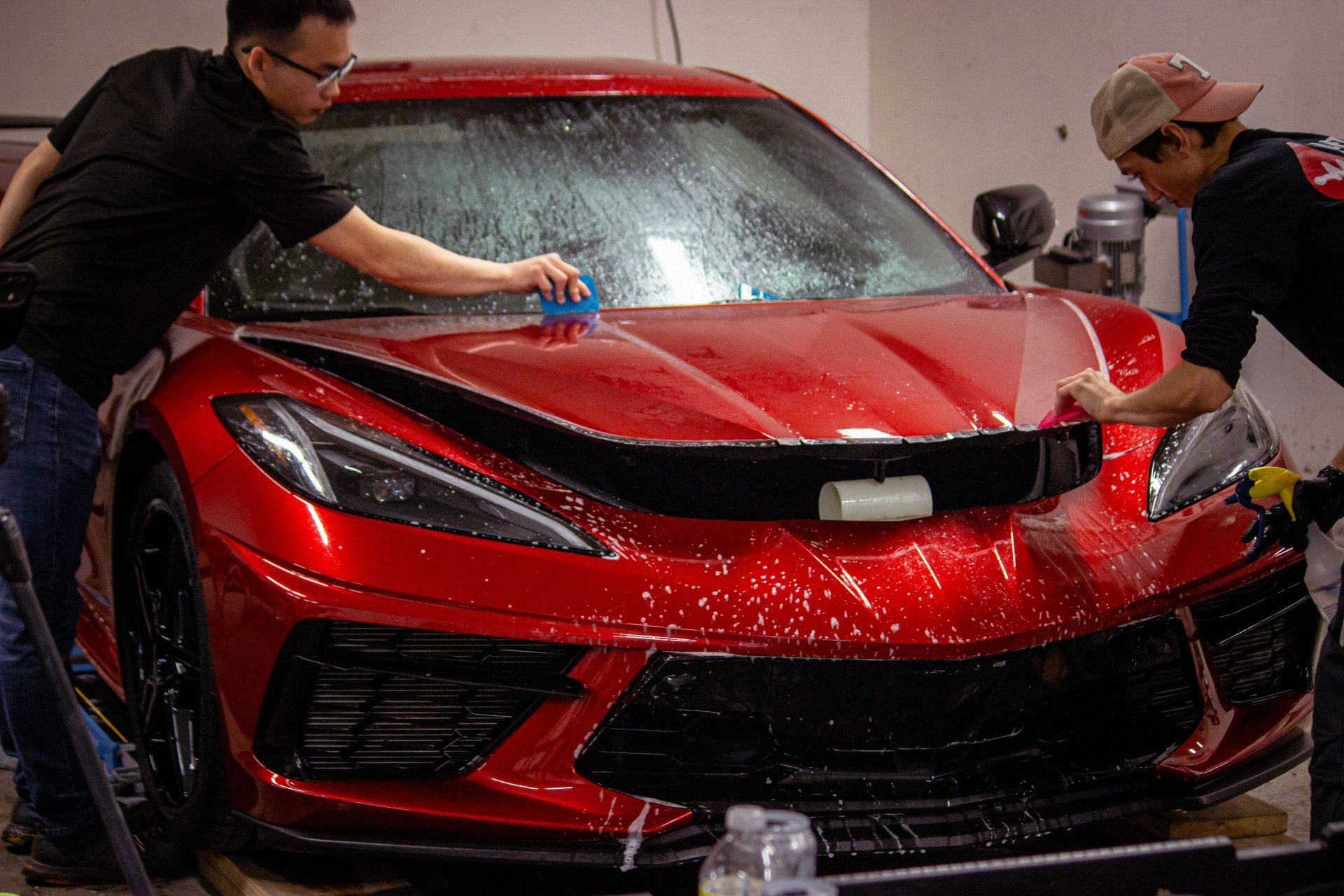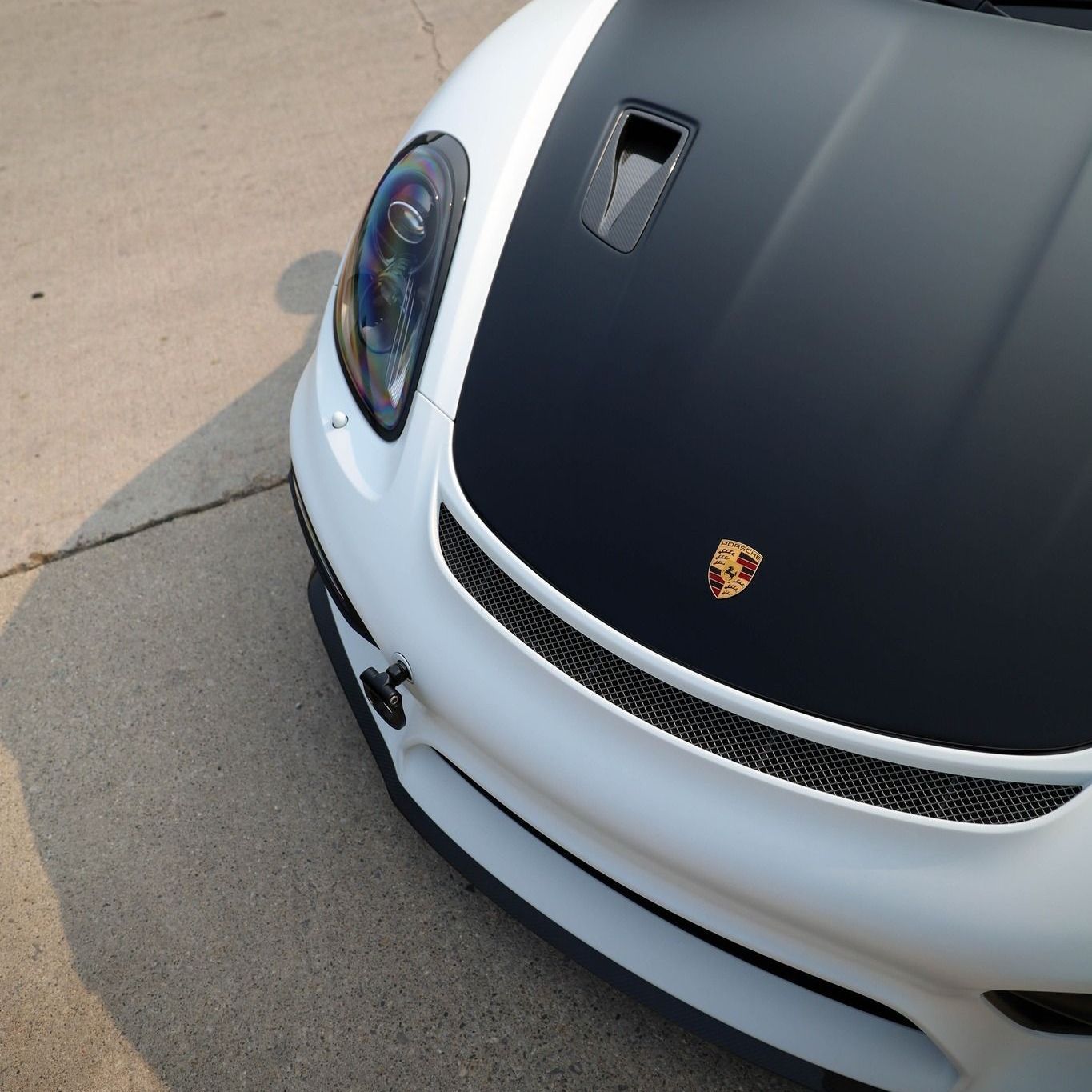The Detail Doc Blog
How Ceramic Coating Makes Car Cleaning 10x Easier: The Benefits You Need to Know
(989) 244-0505 GET SCHEDULED NOWWhen it comes to keeping your car clean, the struggle is real. We've all been there—spending hours scrubbing away dirt and grime, only to watch it return after a single rainy day. But what if we told you there's a way to make that process not just easier but almost enjoyable? Ceramic coating is a game-changing solution for car care enthusiasts and everyday drivers alike. By forming a protective layer over your vehicle's paint, ceramic coatings transform how you tackle cleaning and maintenance. With less effort and longer-lasting results, this innovative treatment just might be the secret weapon you didn't know you needed to protect your investment.

What is Ceramic Coating?
At its core, ceramic coating is a liquid polymer infused with silicon dioxide (SiO₂). When this specialized coating is applied to your vehicle’s surface, it undergoes a chemical bonding process, creating a robust shield that protects the paint underneath. The bond strengthens over time, making the exterior of your vehicle more resilient against harsh weather elements, UV rays, and daily wear and tear. Unlike traditional waxes, which provide temporary protection and often wash away after a few rainstorms or car washes, ceramic coatings offer impressive longevity. They last anywhere from two to five years under proper conditions.
The secret lies in the advanced chemical properties of SiO₂, which forms a tough, glass-like layer over the paint surface. This coating gives your vehicle extraordinary hydrophobic qualities, meaning water, dirt, and grime are less likely to stick, and they simply bead up and roll off. This concept works similarly to a waterproof jacket—water beads up and slides off the surface, making your car stay cleaner for longer and reducing the frequency of washes.
In addition to protection, ceramic coatings can improve the overall appearance of your car. The high-gloss finish enhances the color depth and creates a smoother, more visually appealing surface by filling in minor imperfections in the paint. It’s not just about protecting your investment; it’s about keeping your car looking showroom-fresh while maintaining its value.
The Technology Behind Ceramic Coatings
At the heart of ceramic coatings lies the compound Silicon Dioxide (SiO₂). When SiO₂ is applied to your car, it bonds tightly to the paint, forming a semi-permanent barrier that protects your vehicle from a variety of environmental hazards. The bond is durable but can be affected by regular wear and tear, making proper maintenance important to prolong its effectiveness.
SiO₂ works by creating an incredibly smooth surface, filling in and leveling out microscopic imperfections in your car’s finish. Picture your car’s paint as a landscape filled with tiny hills and valleys that create friction points where dirt and water can stick. When SiO₂ is applied, it forms a seamless, glass-like shield over these imperfections, making it difficult for contaminants like dirt, grime, and harsh weather conditions to adhere to the surface.
The result is a highly hydrophobic surface that significantly reduces the likelihood of contaminants sticking to your vehicle’s paint, which makes your regular maintenance routine much more manageable. With this technology, the dirt and mud that once required a thorough scrubbing will simply slide off in the rain or rinse away with minimal effort during a wash.
The Professional Application Process
Applying ceramic coating is a precise process that requires professional expertise to achieve the best results. The coating’s effectiveness depends on proper preparation and application. Here’s an overview of the steps professionals take to ensure your car gets the protection it deserves:
Step 1: Surface Preparation
Professional application begins with a thorough cleaning and decontamination of your vehicle’s surface. This goes beyond a simple wash; it includes a clay bar treatment that removes embedded contaminants such as tree sap, road tar, and other stubborn debris. This step ensures that the ceramic coating will bond properly to the paint surface. If the surface isn’t flawless, the coating won’t adhere as effectively, and its longevity and performance will be compromised.
Step 2: Paint Correction
Once the surface is clean, the next step is paint correction. This is one of the most critical stages of the process, as any imperfections in the paint, such as scratches, swirl marks, or swirl patterns, must be removed before the ceramic coating is applied. Professionals use dual-action polishers to eliminate these imperfections without damaging the paint or clear coat. This ensures that your vehicle looks pristine before it’s coated.
Step 3: Ceramic Coating Application
Now that the surface is perfectly prepared and the paint is corrected, the ceramic coating is applied using specialized applicator pads. Professionals apply the coating in small sections, ensuring even coverage. After applying the coating, it is allowed to “flash” (develop a slight haze) before being carefully buffed off with clean microfiber towels. This process requires attention to detail and experience to achieve optimal results. Once applied, the coating needs at least 24 hours to cure and bond securely to the paint, providing a strong protective shield against the elements.
How Ceramic Coating Makes Car Cleaning Easier
The real magic of ceramic coating lies in how it simplifies car maintenance. With a hydrophobic surface, your vehicle becomes far less prone to accumulating dirt and grime. This not only reduces the frequency of washes but also makes each wash easier and quicker.
Hydrophobic Properties
One of the standout features of ceramic coatings is their hydrophobic properties. They cause water to bead up and roll off your vehicle. As a result, dirt and grime have a much harder time adhering to the surface, making it easier to clean. In fact, a survey by AutoWeek found that 85% of ceramic coating users reported a significant reduction in cleaning time. This allows you to spend less time maintaining your car and more time enjoying it.
Vehicles treated with ceramic coatings can repel up to 90% of water, which drastically reduces dirt accumulation. This means fewer washes and easier maintenance when it’s time to clean your car.
Resistance to Contaminants
Ceramic coatings are also highly effective at repelling bird droppings, tree sap, road tar, and other environmental contaminants that often plague your vehicle’s exterior. These substances typically require intensive scrubbing and can even damage the paint during removal. But on ceramic-coated surfaces, they wipe away with minimal effort. The coating’s resistance to contaminants means you won’t have to worry about scrubbing away at tough stains, preserving your car’s paint and preventing potential damage.
Additionally, ceramic coatings help decrease drying time by approximately 50%, allowing you to get back on the road faster after a wash.

Additional Benefits of Ceramic Coating
Enhanced Appearance
Aside from protection, one of the most noticeable advantages of ceramic coatings is the improvement in your vehicle’s appearance. Cars treated with these coatings exhibit a stunning high-gloss finish that makes them look showroom-fresh. The coating enhances color depth and creates a smooth, glossy surface that reflects light beautifully, adding richness to the vehicle’s appearance.
UV Protection
Ceramic coatings also offer essential UV protection. Constant exposure to sunlight can cause the paint on your vehicle to fade and oxidize over time. The protective barrier provided by the ceramic coating prevents UV rays from causing this kind of damage, preserving your car’s appearance for longer. This UV protection can save you from expensive repainting costs down the road, making ceramic coating a smart preventative investment.
Long-Term Durability
Beyond aesthetics and UV protection, ceramic coatings establish a durable barrier that protects your car from environmental contaminants. The coating ensures that dirt, road salts, and other debris bead up and roll off the surface, rather than sticking and causing damage.
Longevity Advantage
While traditional wax requires reapplication every few months, ceramic coatings can last anywhere from 3 to 7 years with proper maintenance. This means fewer trips to the detailing shop and less money spent on car care products. With a ceramic coating, you can enjoy long-term protection and reduced maintenance time and costs.
Cost vs. Long-Term Savings
While the initial investment in ceramic coating typically ranges from $800 to $2,500, depending on the size of your vehicle and the level of paint correction needed, the long-term benefits make it a worthwhile investment. Traditional wax treatments, which cost around $100 each time, require reapplication every few months. Over five years, you could easily spend $1,000 or more on waxing alone. In contrast, a single ceramic coating application provides protection for 3 to 7 years, offering significant savings in the long run.
A survey by Detailer Magazine revealed that 75% of users believed ceramic coatings offered exceptional value compared to traditional waxing methods.
Is Ceramic Coating Worth the Investment?
The initial cost of ceramic coating might seem high, but when you factor in the long-term savings, reduced maintenance effort, and superior protection compared to traditional methods, it becomes clear why many Michigan car owners consider it a wise investment. With fewer cleaning sessions, less damage from contaminants, and enhanced aesthetics, ceramic coatings offer unmatched value and protection for your vehicle.
Ready to Make Your Car Cleaning 10x Easier?
Contact
The Detail Doc today to learn more about our professional ceramic coating services. Our Gtechniq-certified technicians serve Bay City, Saginaw, Midland, Frankenmuth, and surrounding areas with top-tier automotive protection solutions. Call us at (989) 244-0505 or visit us to discover how ceramic coating can transform your vehicle maintenance routine while preserving your car’s value and appearance for years to come.




